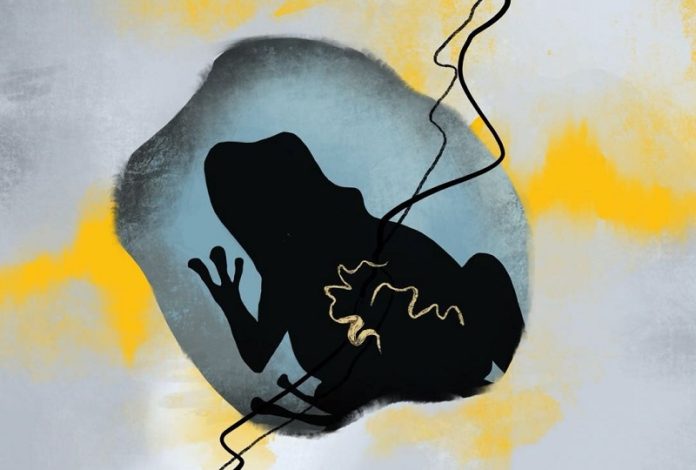
Frogs may hold the key to fighting dangerous drug-resistant bacteria.
These amazing animals have survived for hundreds of millions of years in wet, microbe-filled environments—from steamy jungles to chilly forests.
How?
One reason is their natural ability to fight off bacteria using special chemicals in their skin.
Now, scientists are using those natural defenses to develop new antibiotics that could help humans battle deadly superbugs—bacteria that no longer respond to regular medicines.
In a new study published in Trends in Biotechnology, researchers led by Cesar de la Fuente at the University of Pennsylvania have created synthetic antibiotics based on a compound found in a South Asian frog species called Odorrana andersonii.
This frog produces an antimicrobial peptide (a short chain of amino acids) called Andersonnin-D1, which helps protect it from infection.
However, the natural version of Andersonnin-D1 isn’t perfect—it tends to clump together, which can make it toxic to human cells and less effective as a treatment.
To solve this, de la Fuente and his team used a method called structure-guided design. This means they made tiny changes to the molecule’s structure to improve its safety and ability to kill bacteria. They went through two rounds of redesigning the peptide, checking how each small change affected the molecule’s function.
The result? A group of new antibiotic candidates that worked as well as some of the strongest antibiotics we currently have—like polymyxin B—but without harming human cells or the good bacteria in our gut. These new synthetic peptides were tested not just on individual bacteria but also in more realistic bacterial communities, which better represent the complex environments in the human body.
“Frogs live in germ-filled places but rarely get sick, so they must have strong antimicrobial tools,” says de la Fuente. “We’re learning from them and improving on what nature already created.”
If further testing goes well, the team will move on to the final preclinical step before seeking FDA approval to start clinical trials in humans.
This isn’t the first time de la Fuente’s lab has looked in strange places for new antibiotics. They’ve also found promising compounds in the DNA of extinct creatures like Neanderthals and woolly mammoths.
“We’re inspired by nature,” de la Fuente says. “With science and engineering, we can take what evolution has created and make it even better for modern medicine.”



